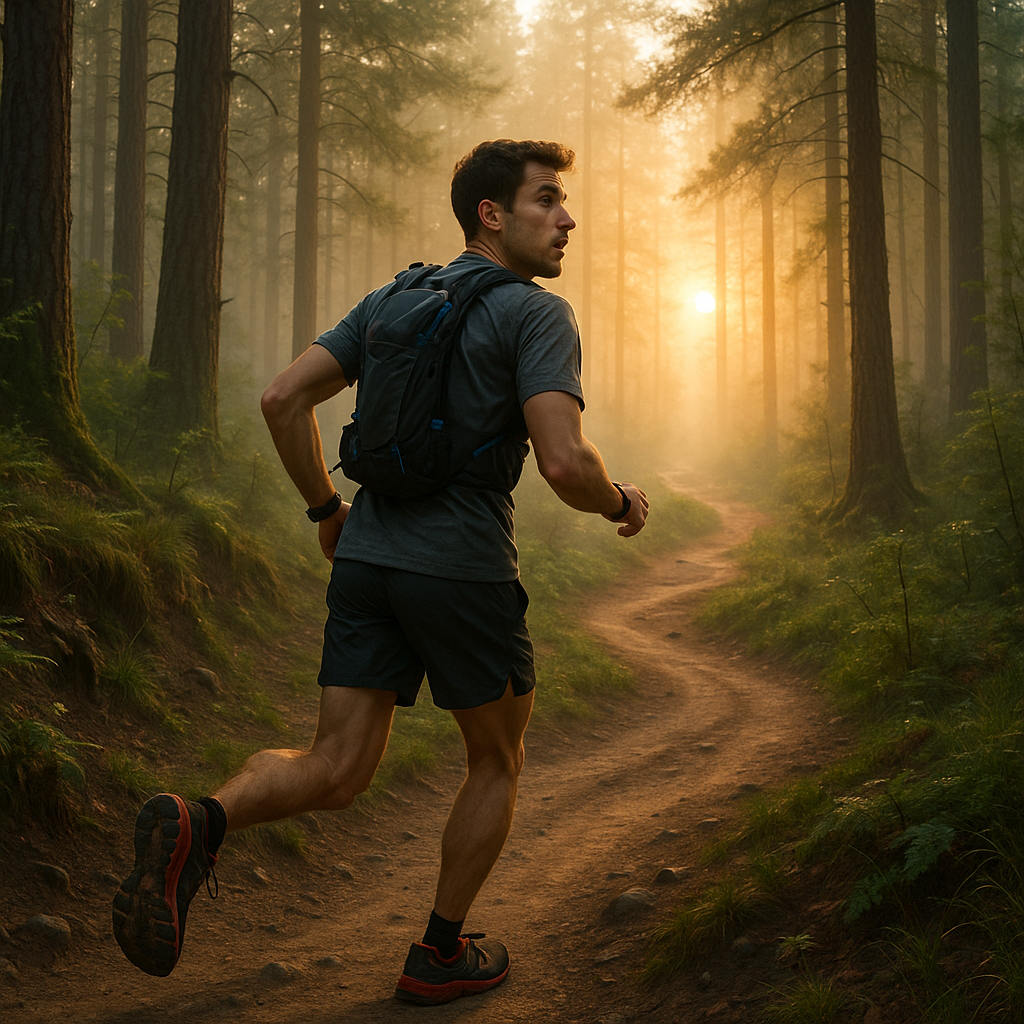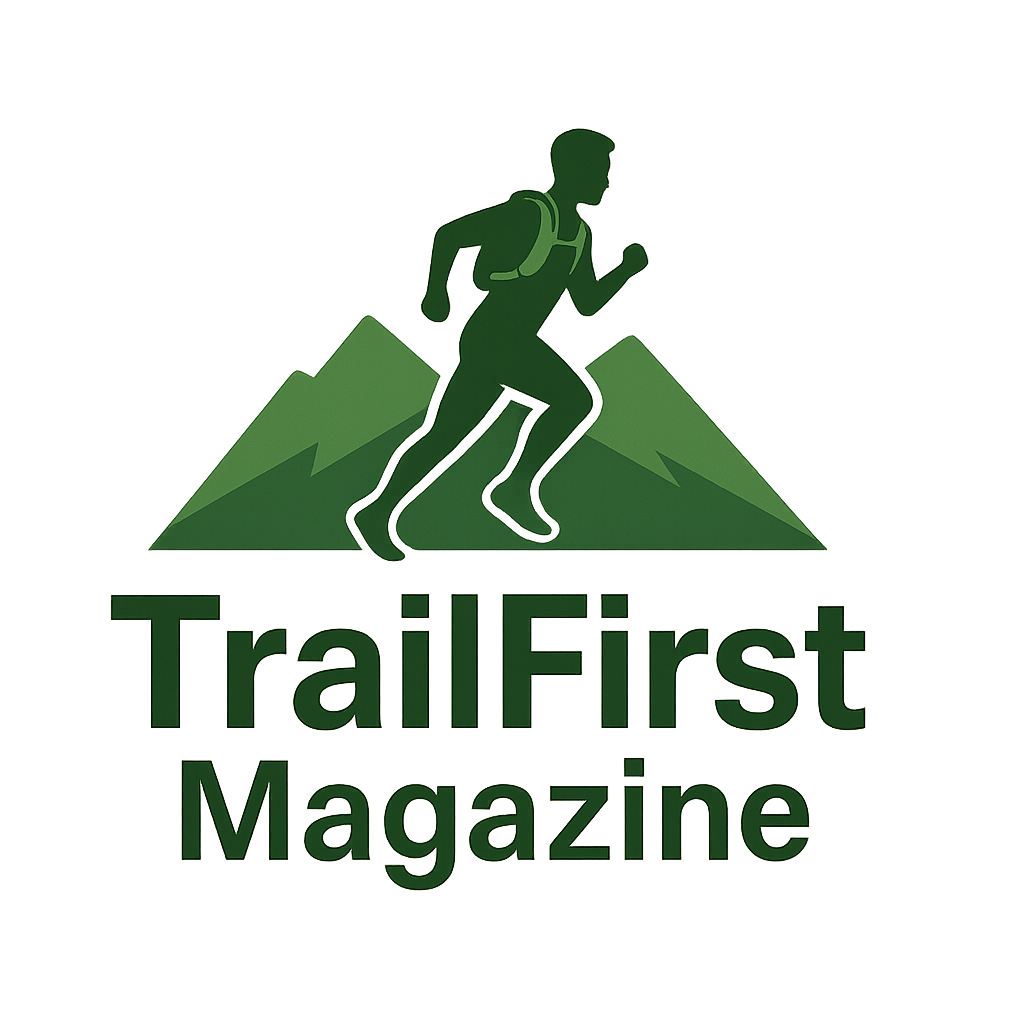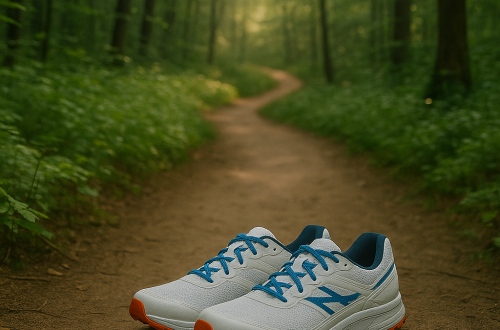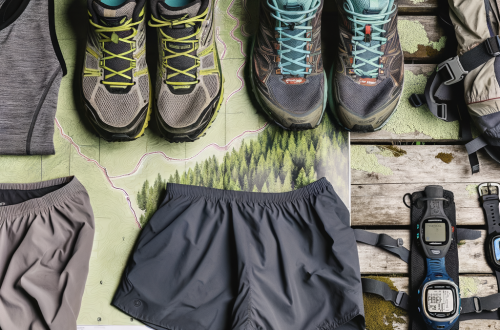
What should I expect on my first trail run?
How is trail running different from road running?
If you’re used to pounding pavement, your first trail run is going to feel like a whole new world. Trail running is less about speed and more about connection—with nature, your body, and the terrain beneath your feet. Unlike road running, trails offer uneven surfaces, elevation changes, and a variety of obstacles like rocks, roots, and mud. Expect to slow down, use different muscles, and stay more mentally engaged with your surroundings.
One of the biggest differences is the variability. No two trail runs are the same, even on the same route. Weather, trail conditions, and wildlife can all change the experience. Embrace the unpredictability—it’s part of the fun!
What gear do I need for my first trail run?
You don’t need to go on a shopping spree before your first trail run, but having the right gear can make a big difference. Here’s a quick checklist of basics:
- Trail Running Shoes: These offer better grip and protection for uneven terrain. Look for shoes with good tread and a snug fit.
- Moisture-Wicking Clothing: Avoid cotton. Choose breathable, quick-drying fabrics to stay comfortable.
- Hydration: Bring water, especially if you’re running more than 30 minutes. A handheld bottle, hydration vest, or belt works well.
- Navigation Tools: A GPS watch, trail map, or smartphone app can help you stay on track.
- Safety Essentials: A small first-aid kit, whistle, and ID are smart additions, especially if you’re running solo.
Optional but helpful: trail gaiters to keep debris out of your shoes, trekking poles for steep climbs, and a hat or sunglasses for sun protection.
How should I prepare before hitting the trail?
Preparation is key to a successful first trail run. Here are a few things to consider before you lace up:
- Choose the Right Trail: Start with a beginner-friendly trail that’s well-marked and not too technical. Look for trails with moderate elevation and shorter distances.
- Check the Weather: Conditions can change quickly in nature. Dress accordingly and be prepared for rain, wind, or sun.
- Tell Someone: Let a friend or family member know where you’re going and when you expect to return.
- Warm Up: Do a few dynamic stretches or a light walk to get your body ready for the uneven terrain.
- Fuel Up: Eat a light snack 30–60 minutes before your run, and bring extra fuel if you’ll be out for a while.
Mentally, go in with a flexible mindset. Trail running is more about the experience than hitting a specific pace or distance.
What should I expect during the run?
Expect to slow down—this is totally normal and encouraged. Trail running requires more effort per mile than road running, so pace yourself and take walking breaks as needed.
You’ll likely encounter:
- Uneven Terrain: Rocks, roots, and loose dirt will challenge your balance and coordination.
- Elevation Changes: Hills are common. Power hike the ups and run the downs if needed.
- Wildlife and Nature: You might see birds, deer, or even a fox. Stay alert and respectful of wildlife.
- Fewer People: Trails are often less crowded than roads or sidewalks, which can be peaceful but also means you need to be more self-reliant.
Listen to your body. If something feels off, slow down or stop. It’s okay to walk, take photos, or just soak in the scenery.
How to stay safe and confident on the trail
Safety is a top priority, especially when you’re new to trail running. Here are some practical tips to keep you safe and confident:
- Stay on Marked Trails: Avoid wandering off the path to minimize the risk of getting lost or encountering hazards.
- Watch Your Footing: Keep your eyes a few feet ahead to anticipate obstacles. Shorten your stride to stay nimble.
- Bring a Buddy: Running with a friend can boost confidence and safety, especially on unfamiliar trails.
- Know the Wildlife: Research what animals are common in your area and how to respond if you encounter them.
- Carry a Map or App: Even if the trail is marked, having a backup navigation tool is wise.
- Respect the Environment: Follow Leave No Trace principles—pack out what you pack in and stay on the trail.
Confidence comes with experience. The more you run trails, the more comfortable and capable you’ll feel.
Tips to enjoy your first trail running experience
Your first trail run should be fun, not stressful. Here are some final tips to help you make the most of it:
- Start Slow: Focus on time on your feet rather than distance or speed.
- Take Breaks: Stop to enjoy the view, snap a photo, or catch your breath.
- Be Present: Trail running is a great way to unplug and connect with nature. Leave distractions behind.
- Celebrate Small Wins: Whether it’s finishing your first mile or climbing your first hill, every step is progress.
- Reflect Afterward: Take a moment to think about what you enjoyed and what you’d do differently next time.
Remember, every trail runner was once a beginner. The important thing is that you showed up, gave it a try, and took that first step into the wild. You’ve got this!
Powered by: aiContent.live





